|
POSTPONED - As we join our community - locally and globally - to reduce the spread of COVID-19, we are delaying this project and other in-person meetings and gatherings. We continue to work on fire and flood recovery which impacts the safety of our communities, but will postpone volunteer projects until it is safer for us to gather.
Revegetation plays a crucial role in post-fire recovery. Vegetation helps hold the soils in place, preventing channelization of flood flows and reduces the amount of sediment and debris moving downstream during a flood event. Vegetation is key to long-term sustinability in post-fire conditions. Join the Arkansas River Watershed Collaborative (ARWC) and the Greater Arkansas River Nature Association (GARNA) for a day of seeding in Upper Bear Creek Drainage. ARWC is seeking volunteers to help spread a native seed mix and mulch on private property that was burned in the Decker Fire. Thank you to GARNA for gathering volunteers, and cheers to Western Native Seed in Coaldale for providing seed and to Chaffee County for bringing the mulch. Fire recovery is a community-wide process and we are grateful for our partners. If you are interested in volunteering or donating funds towards additional native seed and cover crop seed please Contact Us.
0 Comments
During July and August 2019, volunteer crews removed debris and trash from the Big Cottonwood drainage. The crews are from the Work Innovation and Opportunity Act (WIOA) program - part of the Upper Arkansas Area Council of Governments program in Canon City. Thank you so much to our committed volunteers who are working hard to improve conditions in the fire-impacted drainages. You can learn more about the program here: http://www.uaacog.com/programs/workforcedevelopment.html With the help of a forester and sawyer from the Arkansas River Watershed Collaborative (arkcollaborative.org) and crew leader from River Science (river.science), crews removed trees in or falling in to the creek from heavily eroded banks, preventing these from becoming hazards to life and property downstream in another flood event. They also deconstructed and hauled out three large debris deposits containing woody materials and trash from the July 24, 2018 flood and subsequent floods. Removing these jams and deposits allows water and additional debris to move more freely down the channel during a flood, encouraging flows to pass through rather than collecting and diverting water toward people, homes and roads. The crews removed a large amount of trash including small pieces of microtrash as well and large pieces of metal and equipment deposited during last July's high flow flood. Clearing out trash prevents these materials from continuing to contaminate the natural system, and supports natural regeneration of plant and animal communities, including the fishery. We are working on bringing crews back again in the spring, in addition to other volunteer groups, to complete needed work we identified with the help of landowners and field experts who have been working with the recovery team since this spring. Look for Chelsey, Luke and Kate in the field, or Contact Us with questions.
During the week of July 15, with direction from an Arkansas River Watershed Collaborative (ARWC) forester, ARWC sawyers and volunteers, removed a large cottonwood tree that was deposited during the 2018 flood event. The tree, with its nearly 70 foot length and 7 foot diameter at its widest, had a 12 foot agricultural gate wedged in its crook while flows carried it down the creek channel during the July 2018 flood event. The large tree posed a risk to downstream neighbors if it moved again during another flood event. The recovery coalition team worked with landowners to secure funds to remove it.
With our coalition team member Chelsey Nutter now at the helm as ARWC Executive Director, the organization has become the formal parent entity housing our local coalition. The Arkansas River Watershed Collaborative (ARWC) is a 501(c)3, formed by the Watershed Health Sub-Committee of the Arkansas Basin Roundtable (ABRT). The coalition team continues work on securing funds to meet needs identified during the spring and summer. |
ARCHIVES
September 2023
CATEGORIES
All
|


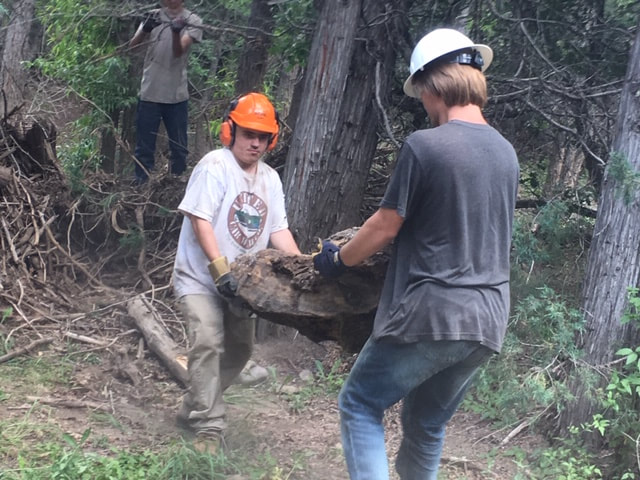
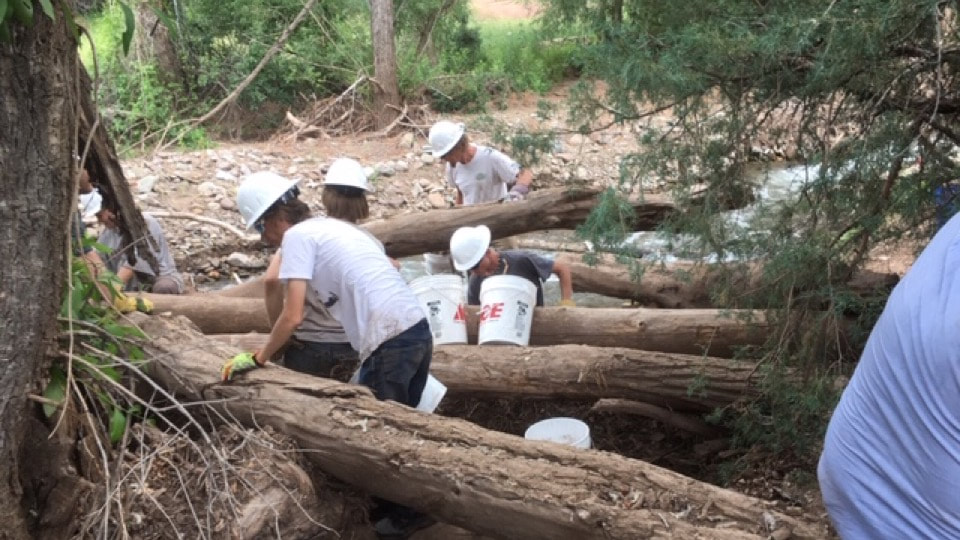
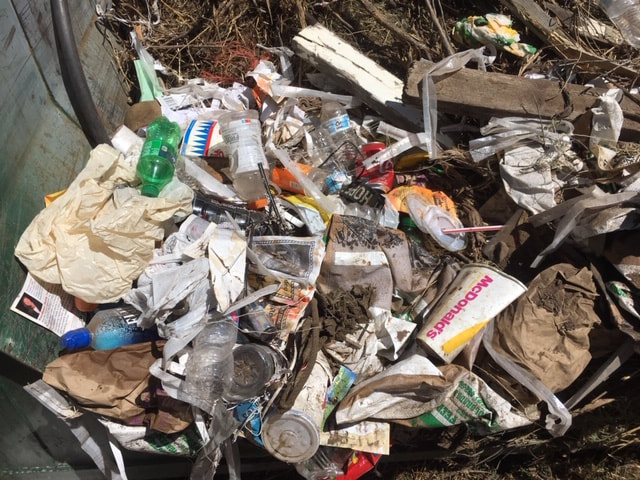
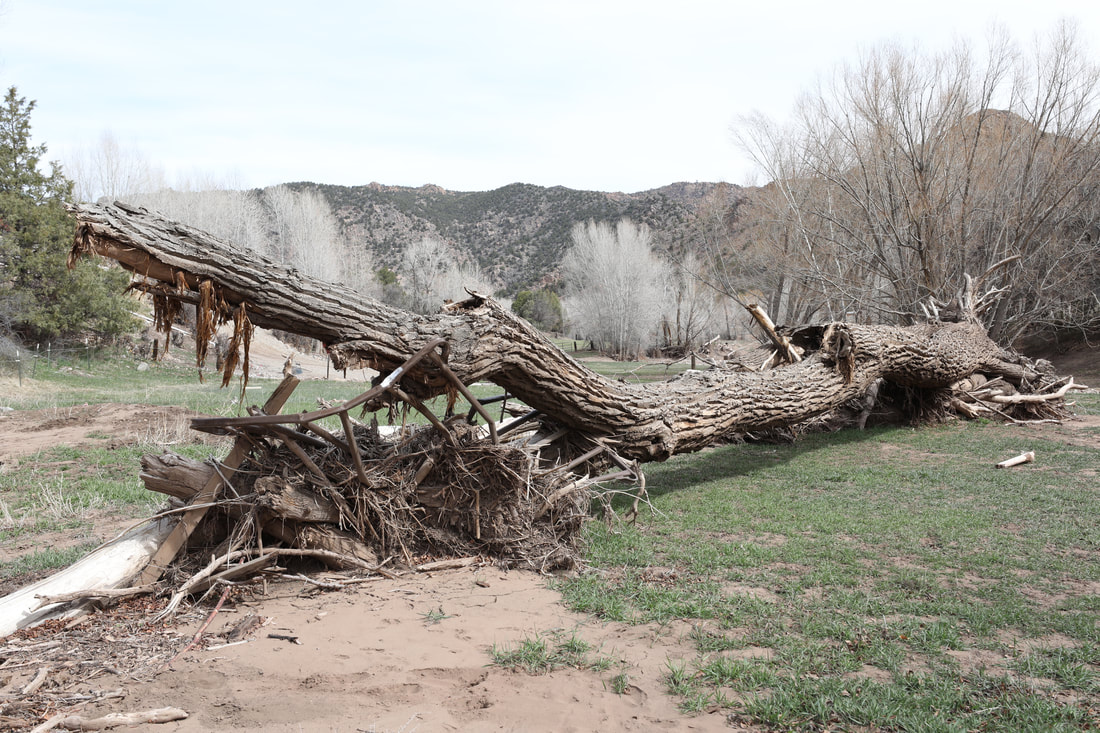
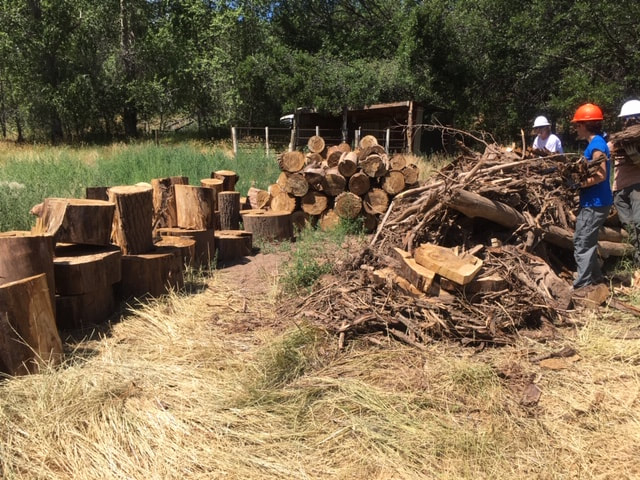
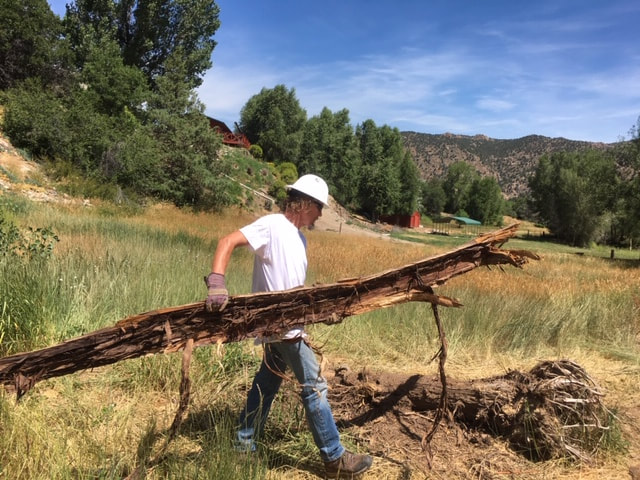
 RSS Feed
RSS Feed
